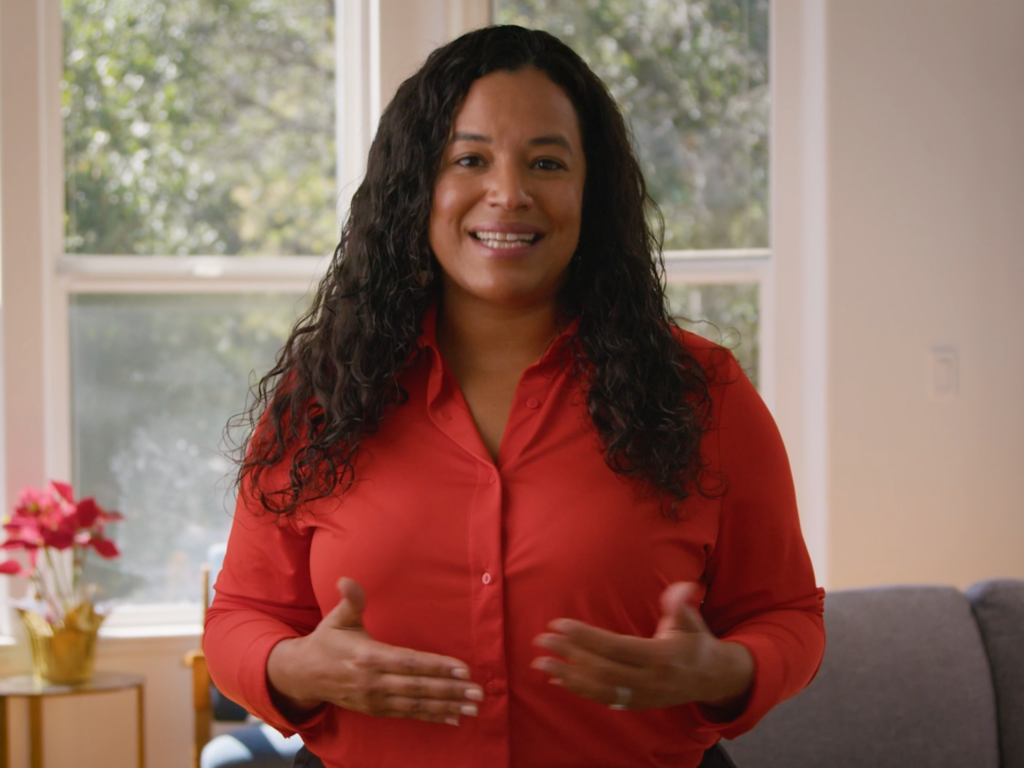Some of Silicon Valley’s most savvy venture capitalists are about to test whether the same techniques that nurtured the nation’s high-tech industry to success can be used to help educate the nation’s children.
The New Schools Fund, with offices in Redwood City, will start relatively small, aiming to fill and then distribute an initial purse of $20 million. Although its mission will include public education about being an educational entrepreneur, it also will organize conferences, publish materials and encourage networking on important educational issues, said executive director Kim Smith.
In its first round of funding, New Schools will be looking for a dozen or so projects, drawn from an initial pool of profit and non-profit candidates. Some have a technological focus, others offer new management ideas. The first round of funding will be focused on programs for disadvantaged youth, Smith said, but the higher mission is to find ways to improve the educational system.
Following the classic venture capital model, New Schools will offer assistance to those projects, working collaboratively with the projects to support their growth. That could mean anything from helping a project find good managers to offering business expertise, Smith said.
In another departure from standard foundation form, the fund also will work closely with its grantees to create ways of measuring results, something that has been an ongoing topic of debate in education.
What New Schools wants to capitalize on is the entrepreneurial spirit that spots windows for change, then apply that to education, Smith said.
It’s another form of the venture philanthropy that has picked up speed recently, with organizations such as the Entrepreneur Foundation, Silicon Valley Community Ventures and Lenders for Community Development bringing that venture capital model to non-profit organizations and would-be businesses in low-income communities.
Education plus business
New Schools is directing its attention to education, where models of behavior standard in business have rarely been followed. But New Schools’ board will feature a blend of viewpoints: Ted Mitchell, president of Occidental College and former vice president of the J. Paul Getty Trust, experienced foundation directors such as Ann Bowers of the Noyce Foundation and more business-oriented fund partners such as John Doerr of Kleiner Perkins Caufield & Byers, Netscape’s Marc Andreessen and Marimba’s Kim Polese.
“Our first goal is to look at projects (and ask), ‘Can this substantially improve education?’ and then figure out the best way to support it,” Smith said. “We’re not trying to reinvent the wheel. We wouldn’t expect to become an advanced think tank. . . . We want to find education entrepreneurs . . . and bring to them additional energy.”
Reed Hastings, a Silicon Valley CEO and former chief of Technology Network, described the New Schools group as “admittedly amateurs at philanthropy (but) we’re banding together to get better faster. And we wouldn’t try to create something that’s done very well already. We definitely want to create a new paradigm for venture philanthropy.”
New Schools will retain one quality of standard venture capital thinking, Hastings said. “If we don’t have some big failures,” he said, “we’ll think we weren’t aggressive enough. That’s not a typical foundation mind-set.”
How big the fund might grow is anyone’s guess, although Hastings made one: “If we’re successful with the first round, I think there will be a lot of donor interest and clearly a lot of investor interest.“Driving force Matt Glickman, a thirtysomething Silicon Valley entrepreneur whose babycenter.com recently was acquired by eToy, is an example of the intersection between two passionate interests driving New Schools.
With master’s degrees in business and education, Glickman spent a year doing administrative work for Teach for America, an ambitious program that puts recent college graduates to work teaching in schools with big educational challenges.
Now, as an experienced entrepreneur, Glickman sees New Schools as a way to bring together “two different worlds that don’t talk to each other much, and they could both benefit from talking to each other.”
New Schools already has become a part of the funding for a reading program called Success for All (SFA). A non-profit organization begun as a Johns Hopkins University research project, Success for All clearly fits in with New Schools’ mission to fund ideas that can be duplicated in many school settings. “What we set out to do was build a (reading) program we call replicable,” said Nancy Madden, SFA’s director.
After years of operating on research grants, SFA left Johns Hopkins and acquired a business plan. New Schools will be a small part of SFA’s next step — expanding to 3,000 schools in the next five years.
“That just can’t be done within a university context,” Madden said. Model charter schools Don Shalvey is in talks with New Schools to fund University Public Schools, a group that hopes to create model charter schools. Shalvey, who also is the superintendent of the San Carlos Elementary School District, knows the traditional funding sources for such projects — foundations or the federal government.
He sees the venture capital investment technique as adding essential elements for success. “Foundations can champion you, but not coach you,” he said. “It’s like walking in a whole different world . . . that can inform and enhance public education.”
Just what the impact will be of New Schools’ funding — and that of other new funds with an educational bend, such as the Gates Foundation — will depend on how well they do their homework, said Dee Dickinson, head of the two-decades-old education reform collaborative, New Horizons for Learning.
The biggest obstacle to any reform effort, however, may be the nature of the system. “Schools have always found it difficult to change,” said Dickinson, who remains supportive of new efforts like New Schools. “The problems (of education) today are of such magnitude that schools alone cannot deal with it. They need the resources of the entire community.”


